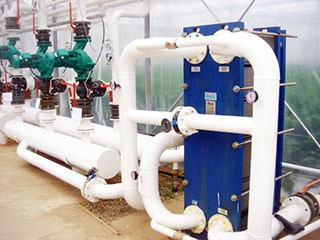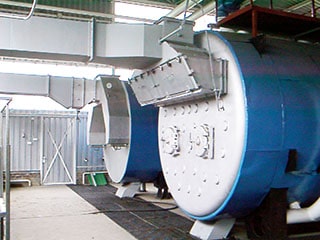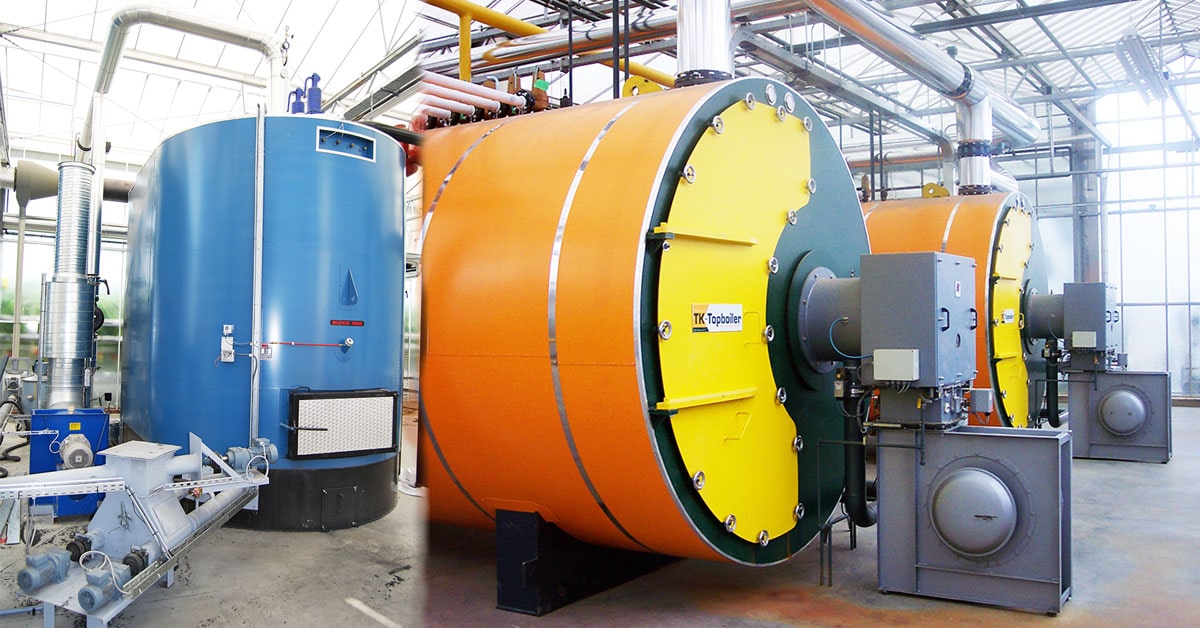Best heating source is NO SOURCE… or almost none.
Yes, really. There are locations in the world where winters are mild, temperatures don’t go below +10 °C (50°F) summer temperatures are max 40-42 °C (104 – 107 °F ) which is manageable. These climates are dry with lots of sunshine during the year. This is an ideal location for a greenhouse. If you can place your new greenhouse project in an area like that, then the investment for heating sources will be minimal, and also later energy costs.
But if you are not so lucky to have this kind of locations available, then here is the list of best energy sources for greenhouse heating:

- Geothermal water;
- Natural gas (Earth Gas);
- Coal;
- Propane gas;
- Biomass;
- Light oil / Heavy oil;
Geothermal is by far the best option. It requires minimal investment in the equipment. Yes, to dig a well can cost money, but many times there are existing wells where you can build your greenhouse nearby. Depending on the local regulations and whether the pump is necessary for the well or not, cost of energy for heating can be nothing or close to nothing.

Natural Gas (Earth gas) is not the cheapest, but it is available in unlimited quantities. Just turn the valve on and it is flowing for how long it is needed. No transportation costs, no storage problems. Also natural gas boilers are compact, cost effective and powerful relative to their size and cost.
Coal boilers these days are something special. If the greenhouse is near a coal mine, or in a country with a lot of cheap coal, then a modern coal boiler can be a good option. New modern coal boilers are automated, both with loading the coal and extracting the ash, there are special filters so the air pollution is minimal. Downside with coal boilers is the storage of coal, boilers are much bigger and more expensive, maintenance is more expensive and complicated. But if the coal is cheap.. do what is needed. Make it happen.

At some locations, for smaller greenhouses, propane gas stored in pressurized tanks is a viable option. Propane is usually more expensive than Natural gas (can be other ways for your location, better check). Tank has to be refilled regularly, but the boilers are the same as Natural Gas boilers with all the advantages.
Biomas is a special story… If you have access to a lot of cheap or free leftover biomas then this option can be considered. Pros are that biomass can be free, or cheap.. but transportation costs and labor for management is always there so I believe that biomass energy heating is never free. Another thing is, boilers are very expensive, limited to their power due to lower energy density of the biomas itself, quite inert in their response when it comes to the energy demand. But I have seen and worked on a few successful projects like garden centers and plant production greenhouses of 2000 – 5000 m2 (0.5 – 1.2 acre) which are heated on sawdust biomass very effectively. Saw dust was free and coming from the clients wood processing plants. So maybe in your case it might make very much good sense to go for a biomas.
And finally Light oil/ Heavy oil.
Heavy oil was very popular between 1960-1980 especially in Eastern Europe, due to its low cost and lack of ecological regulations. Now I can’t see a greenhouse project going for heavy oil as a heating source.
Light oil is still popular.. that’s a type of unrefined diesel oil. Many small greenhouses use light oil as a primary source of heating and some use it as a backup in case of a natural gas source failure. Natural gas burners have an option to have a dual nozzle, one for the gas and other for the light oil. So if needed, with a few switches the boiler can be stopped with gas and run on light oil. But oil makes the boiler dirty, produces Sulfur oxides and Sulfuric acid.. so it comes with its price.
If you have some more interesting ideas or questions regarding the heating sources for greenhouses, put your comment below.



0 Comments